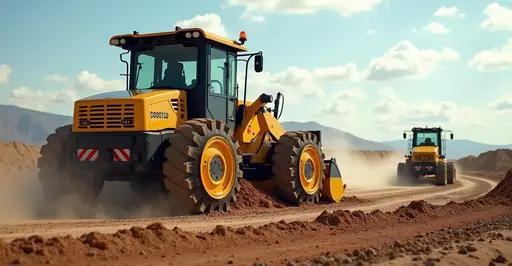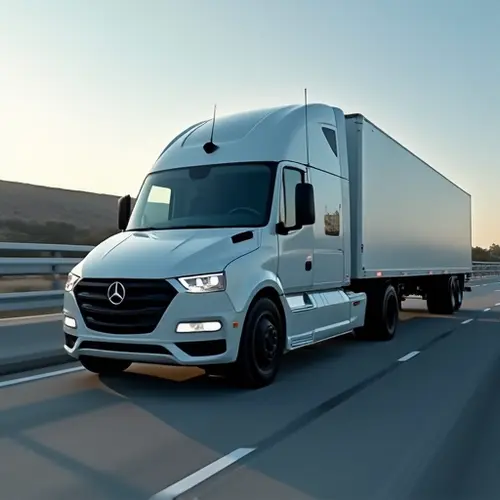
Robots Take Over Road Construction Sites
Imagine driving past a highway construction zone with no workers in sight. That's becoming reality as autonomous construction equipment now handles road paving projects across the country. Companies like Built Robotics and Volvo Autonomous Solutions are deploying self-operating machines that work 24/7 without human crews on-site.
How Autonomous Road Construction Works
The technology centers around retrofit kits like Built Robotics' "Exosystem" – a weatherproof module installed on existing excavators and bulldozers. Using GPS, cameras, and AI, these systems transform standard construction equipment into self-driving robots. Operators monitor multiple machines remotely through platforms like Everest, only intervening when necessary.
Volvo's autonomous solutions take this further by integrating electric power sources. Their equipment combines battery-electric operation with autonomous functionality, creating zero-emission construction sites. This aligns with Volvo Group's commitment to carbon neutrality by 2040.
Real-World Deployments Accelerate
In 2025, we're seeing major deployments:
- Texas Highway Department using autonomous pavers for I-35 expansion
- California's solar farm construction with Built Robotics' RPD-35 pile drivers
- Volvo autonomous trucks hauling materials between hub sites
The machines work continuously, unaffected by weather or fatigue. "They don't need lunch breaks or shift changes," says Built Robotics founder Noah Ready-Campbell. "A single operator can now manage what previously required ten workers."
Solving Industry Challenges
This innovation addresses critical issues:
- Labor shortages: The construction industry faces a 650,000-worker deficit
- Safety: Removing humans from dangerous excavation zones
- Efficiency: Projects completing 30-50% faster
- Sustainability: Electric autonomous equipment reduces carbon footprint
While some fear job displacement, industry leaders emphasize this creates higher-skilled positions. "We're training former equipment operators to become robotics supervisors," notes Volvo's automation director Lena Bergström.
What's Next for Autonomous Construction?
The technology continues evolving rapidly:
- AI improvements allowing more complex decision-making
- Swarm technology coordinating multiple machines
- 3D printing integration for on-site structure fabrication
- Expansion into bridge construction and tunneling
As regulatory frameworks catch up, expect to see completely crewless construction sites becoming the norm by 2030. The age of autonomous infrastructure has truly begun.

 Nederlands
Nederlands
 English
English
 French
French
 Deutsch
Deutsch
 Espaniol
Espaniol
 Portugese
Portugese








